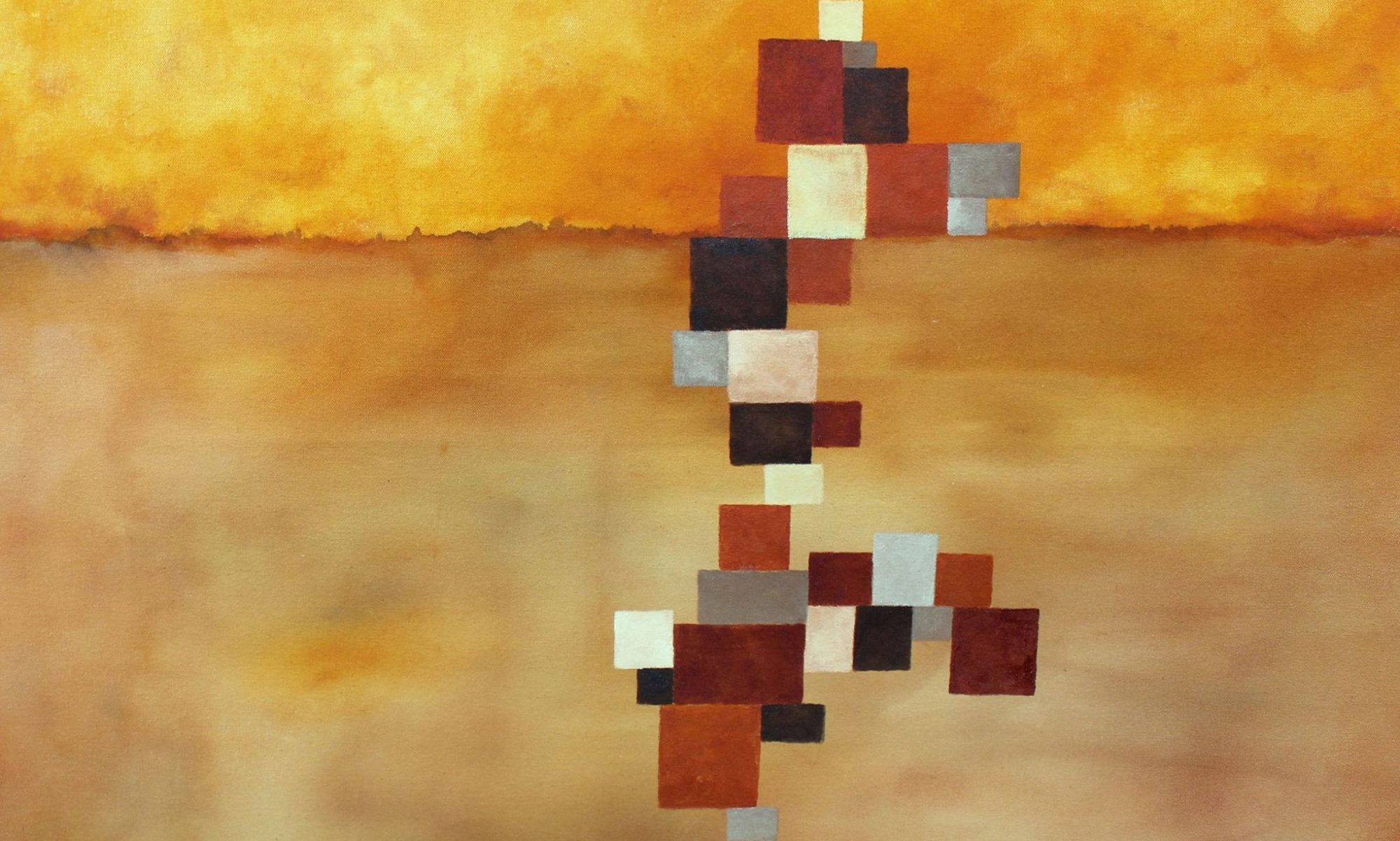 David Utsler, PhD, is currently part-time faculty in philosophy for Texas Woman’s University and North Central Texas College. He is co-editor of Interpreting Nature: The Emerging Field of Environmental Hermeneutics (Fordham 2014) along with Forrest Clingerman, Brian Treanor and Martin Drenthen. He is also co-author with Cynthia R. Nielsen of “Fricker, Gadamer, and Honneth: Testimonial Injustice, Prejudice, and Social Esteem” in Recognition Theory and Epistemic Justice, eds. Paul Giladi and Nicola McMillan, forthcoming 2021 from Routledge.
David Utsler, PhD, is currently part-time faculty in philosophy for Texas Woman’s University and North Central Texas College. He is co-editor of Interpreting Nature: The Emerging Field of Environmental Hermeneutics (Fordham 2014) along with Forrest Clingerman, Brian Treanor and Martin Drenthen. He is also co-author with Cynthia R. Nielsen of “Fricker, Gadamer, and Honneth: Testimonial Injustice, Prejudice, and Social Esteem” in Recognition Theory and Epistemic Justice, eds. Paul Giladi and Nicola McMillan, forthcoming 2021 from Routledge.
I. Introductory Remark
In the midst of the global health crisis posed by COVID-19, the language of “social distancing” has entered our shared global lexicon. The words of Paul Ricoeur came to mind where he wrote, with reference to touch, that “…one’s own body is revealed to be the mediator between the intimacy of the self and the externality of the world” (Ricoeur, 1992, 321 – 22). While the body is more than touch as there are four additional senses, touch (and also taste) require physical proximity the other senses do not. With social distancing, we are being directed specifically to avoid the sensation of touch. Wash your hands. Do not touch others. Stay 6 feet apart so that the microscopic body of COVID-19 does not touch your body or from you the body of another. Touch is considered an expression of care in numerous ways (the touch of lovers, a hand on a shoulder in reassurance or comfort, and so on). But in response to COVID-19, care is expressed through refraining to touch.
To my mind, this raises several questions in the context of how social distancing is understood in the light of carnal hermeneutics (see Kearney and Treanor, 2015). Carnal hermeneutics is essentially about the body as interpretation. What role does the interpreting body play in a world of social distancing? What does the intentional avoidance of touch mean in the relationship of self and other in the social sphere? What sorts of trauma and suffering may follow in the wake of social distancing, even if social distancing is necessary in response to the danger posed by COVID-19?
II. What is “social distancing”?
I want to define “social distancing” as I see it as the term itself can be understood in different ways. For example, I have seen where some have suggested substituting the term “physical distancing” for “social distancing.” I understand the thinking behind this suggestion. To be sure, we are being asked to remain physically distant, not give up interacting with one another. This understanding seems to say that “social distancing” means being disconnected, similar to how we might refer to a person as being emotionally distant. But I see certain shortcomings. “Physical distancing” does not imply that I interact with or engage others at all. It only bids me to stay away from them. This terminology does not retain the sociality it seeks to preserve. Further, a social context already existed that gave rise to the direction to “practice social distancing.” Speaking of “social distancing” makes no sense if there is not already the fact of shared spaces. If we are in a shared physical space, we practice social distancing by remaining at least 6 feet apart. If we are in a virtual space, we are social distancing by practicing sociality in a virtual rather than physical space.
I will define “social distancing” as practicing sociality in (implied) physically distant ways. I am not being asked to distance myself socially from others, but to practice social life with distance between myself and others with whom I share social space.
III. Carnal Hermeneutics
In the introduction to their book, Carnal Hermeneutics, editors Richard Kearney and Brian Treanor list as one of their basic principles a redistribution of the senses. What they mean is that rather than the classic privileging of sight, hearing, and smell over taste and touch, there should be an “equiprimordial redistribution of the senses” in order to show how any and all sensate experience is an interpretation. As interpretation, the five senses are not merely conduits of information to the mind that then understands. Rather the senses are actively engaged in the creation of meaning. This is true of all the senses. Kearney and Treanor are right to note that carnal hermeneutics is not simply a reversal of the hierarchy of the senses, ascribing a place of privilege to touch and taste, making sight, sound, and smell subordinate. To the contrary, the equiprimordial redistribution of the senses, not bound to Platonic or Cartesian dualisms of mind and body, reveals that all the senses are equally carnal and all the senses equally “speak” to the mind.
That said, given the long neglect of touch and taste in Western philosophy, it is not surprising that touch and taste are given more of a spotlight in Carnal Hermeneutics. And although carnal hermeneutics maintains an equality of the senses in the body as interpretation, we can also acknowledge difference side by side with equality. For example, sight is a function of the body, the flesh (indeed, the eye itself is flesh), yet two bodies engaged in seeing the other do not experience the same resistance such as in touch. In terms of spreading a virus, sight does not have the capability to transmit a virus, but touch does. So it is especially with regard to touch, or at least bodies sharing space in proximity, that I want to reflect on social distancing.
IV. Reorienting the body as interpretation
When we must go out, how we interact with others is changed by COVID-19. Most wear masks. Passing in the aisle of a grocery store, we create as much of a gap as space will allow. When we cannot physically meet with family or colleagues, we enter virtual spaces to at least see one another. Just as a person deprived of sight relies on the other senses to interpret the world, when we are deprived of touch and physical proximity in shared space, we use virtual spaces and webcams just so we can see each other. At the least, we make use of audio to hear one another. What we cannot have with regard to one sense, we make up for with others.
Social distancing has modified in the present circumstance the way the body interprets the world in which it dwells. For those who are sick, they must isolate from even the closest of family and friends. For those who succumb to the virus and die, they are forced to die alone, not sharing space with their loved ones. How many obituaries include the line that the deceased passed “in the presence of family and friends by her side.” COVID-19 has deprived the dying of this comfort. To the living who remain, they are deprived of being present to the last. Hands are not held. Foreheads are not kissed. These extremes being no doubt the saddest, social distancing even for the well and healthy impacts the body as interpretation, as being-in-the-world.
To conclude this introductory installment, from the point of view of carnal hermeneutics, social distancing both creates and demands a reorientation of the body as interpretation. Specifically, interpretation as narrative here has experienced what Ricoeur would refer to as a discordance that disrupts the narrative unity of life. In short, COVID-19 and subsequent social distancing has changed our story. In the remaining two installments, I will look at the body in relation to place in a world of social distancing with particular reference to Edward Casey’s chapter in Carnal Hermeneutics and, finally, how the disruptive nature of social distancing can be understood in light of the threefold mimesis in the work of Paul Ricoeur.
References
Kearney, R. & Brian Treanor (2015). Carnal Hermeneutics. New York: Fordham University Press.
Ricoeur, P. (1992) Oneself as Another. Translated by Kathleen Blamey. Chicago: University of Chicago Press.
